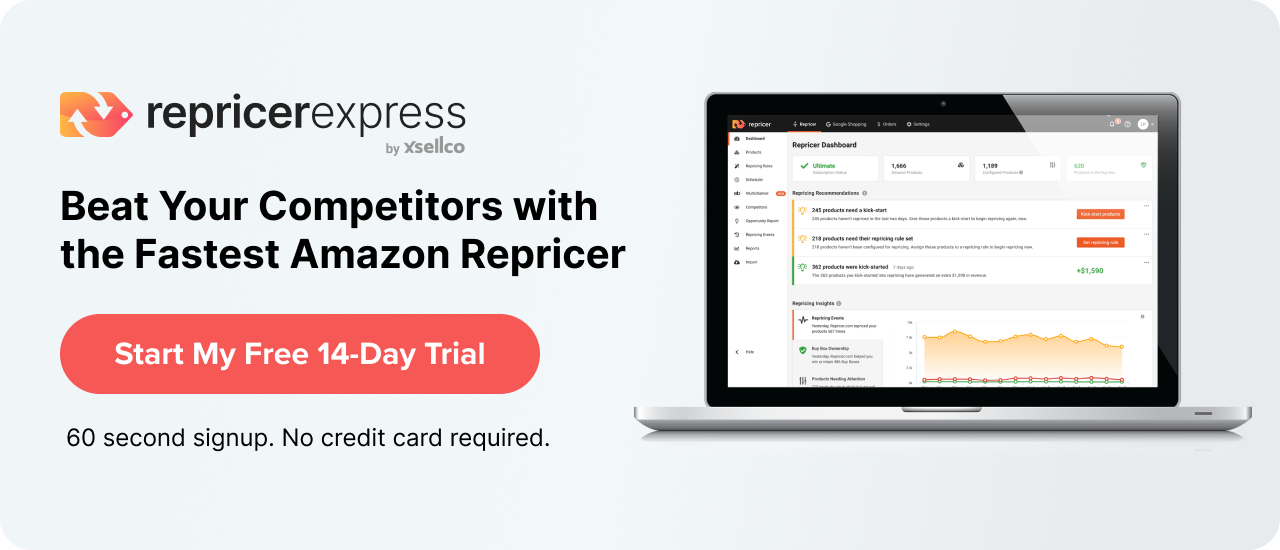One of the ways Amazon is continuing to shape ecommerce is with Amazon Logistics, which is looking to be a newly-growing alternative to the regular shipping companies. Curious to see how or if it can work for you? RepricerExpress breaks it down.
Understanding the Details of Amazon Logistics
When Amazon packages get shipped out, they’ve traditionally been sent out in third-party vehicles, like those used by FedEx and UPS. But now with Amazon Logistics, Amazon’s using their own fleet and contracted-out employees to deliver items in the name of better and faster delivery options. The line they’re trotting out is that it’s a complement, not competitor, to the regular shipping companies, but that more so seems like a safe statement than a possible actual predictor.
For customers, it means they can get their purchases faster (like same-day) and for possibly cheaper, as they don’t have to pay FedEx/UPS/whoever’s prices or wait on their schedules. On the surface, it looks like an all-around win, but what will this mean for the existing shipping companies?
In terms of what it’ll mean for people who want to deliver for Amazon Logistics, there are a few criteria to meet:
- Last-Mile Business: Amazon requires that you have a company and it carries four types of insurance — $1 million of commercial general liability; $1 million of business automotive liability; $1 million of workers’ comp; and $25,000 of cargo legal liability.
- Drivers: For the drivers you have, you have to make sure they’re equipped with safety policies and procedures and have undergone training. You also have to have documentation of this.
- Fleet: If you want to deliver for Amazon Logistics, then you have to show Amazon you’re in possession of at least five cargo vans (or something similar) that are at least 200 cubic feet in size.
If you sign up, then you’ll pick up items at a facility close to you, use their navigation technology to get from Point A to Point B, and then get paid for delivering packages to customers.
And if you don’t meet these requirements, Amazon still has a couple of options for you in the way of Amazon Flex (individual delivery) or Middle Mile Providers (hauling Amazon loads around).
How Can Amazon Logistics Work for Third-Party Sellers?
The first thing to understand about Amazon Logistics is that the benefits are firstly intended for shoppers. Amazon puts a premium on excellent customer experience, which means that third-party sellers won’t be at the top of the list.
However, that’s not to say you can’t make it work, and make it work amazingly, for you. Think of your Seller Feedback rating, for example. One of the components of it is shipping time and expectations. If you can get your packages out just as fast (or faster) than what you listed, chances are you’ll have very have customers who are more incentivised to leave favourable reviews.
One downside is that you don’t get an exact delivery time when you use Amazon Logistics, so you’ll have to stick with estimated timeframes (for now?). But the upside is that Amazon usually hits targets within an hour or two of what they project, so you’ll still have a pretty good idea of what to tell your buyers.
Final Thoughts
Feel like showing other sellers how it’s done? Have them shaking in their space boots by using RepricerExpress, which uses competitive pricing to help bolster your reputation. And with the first 15 days totally free when you sign up now, there’s no time like the present to get a jump on things.






